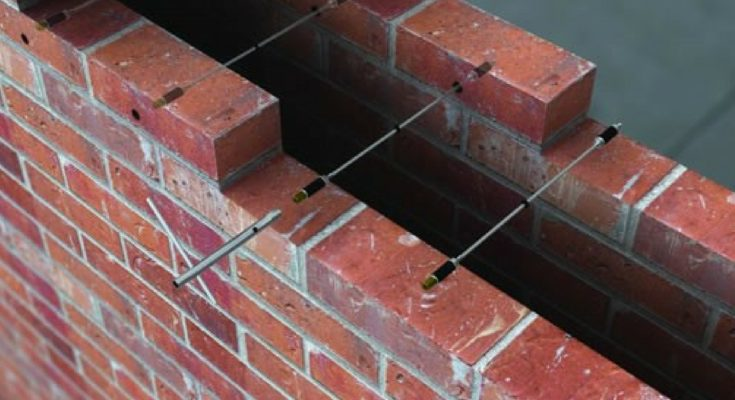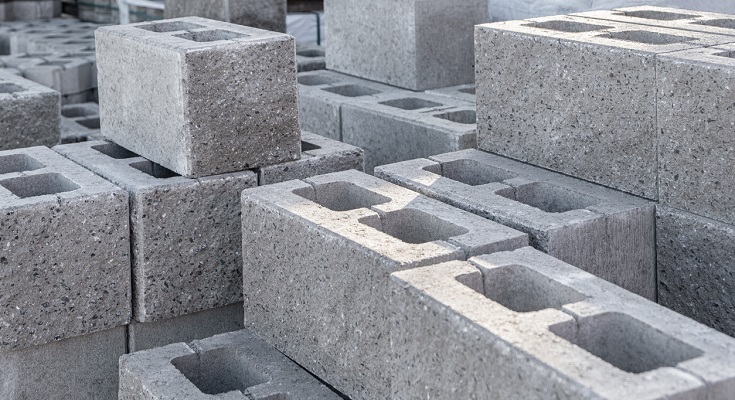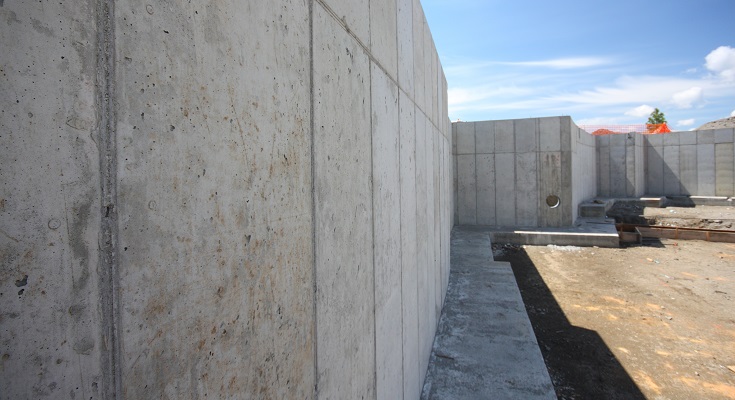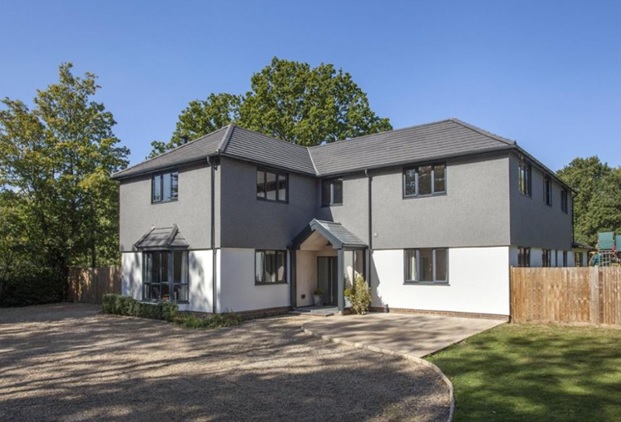Why Insulate Your Walls?
Walls are the biggest part of your home, insulate to protect your home.
Airtight
Protect your home from all weather with addtional insulation
BER Rating
Increase your homes BER rating and increase the value
Style Options
Pick thousands of colour finishes including textures
Fuel Savings
Protect your home from all weather with addtional insulation
Expert Team
Complete home survey with qualified surveyor
Guarantee
Extensive workmanship guarantee and complete warrany
Why Our Customers Choose Us?
A Rate Your Walls provide a smooth industry leading process form inital enquiry to completed insulation, don't believe use see what our customers are saying.
'The Wrap'
Exterior Wall Insulation
External Wall Insulation sometimes known as 'The Wrap' will often be the best option for insulating a property to a high standard. The external wrap will ensure airtighness and once applied the property can be rendered in 1000's of colours and textures. Exterior insulation will completly revamp the look and aesthics of the property.
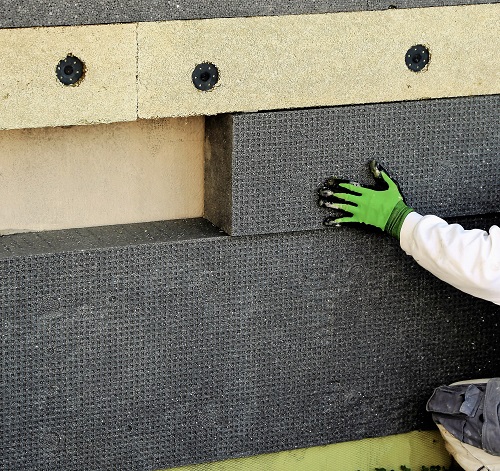
What types of wall types are suitable for insulation?
